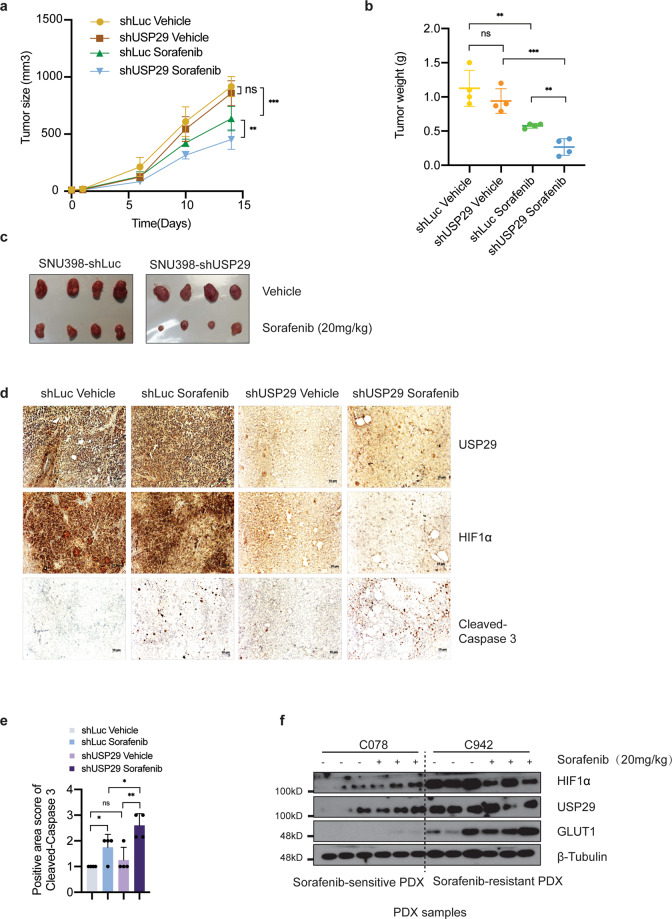Fig. 6. USP29 regulates responses to Sorafenib treatment in vivo.
a–c Xenotransplanted HCC is re-sensitized to Sorafenib treatment upon depletion of USP29. Sorafenib-resistant SNU398 cells expressing either a control shRNA (shLuc) or a shRNA against USP29 (shUSP29) were implanted into the flanks of immunodeficient NSG mice and treated with vehicle solution or Sorafenib, respectively. Tumor growth curves over time (a) and tumor weights at the time of sacrifice (b) were determined, N = 4. Images of the tumors at the time of sacrifice are shown in (c). ns not significant; **P < 0.01; ***P < 0.001; Two-way ANOVA. d, e USP29-deficient tumors exhibit higher rates of apoptosis upon Sorafenib treatment. Histological sections of the tumors described in (a–c) were immunostained for USP29 and HIF1α (d). Immunostaining for cleaved Caspase 3 was used to quantify apoptosis (d, e). f Sorafenib-resistant PDX tumors present high USP29, HIF1α, and GLUT1 protein levels. Tumor pieces of HCC patient-derived xenotransplanted (PDX) mice which have been previously classified as Sorafenib-responsive or Sorafenib-resistant were analyzed by immunoblotting for the expression of HIF1α, USP29, and GLUT1. Immunoblotting for β-Tubulin was used as loading control. Results represent three independent experiments.

